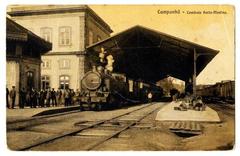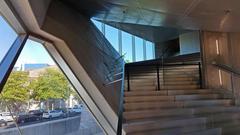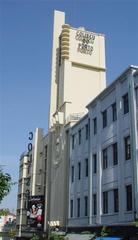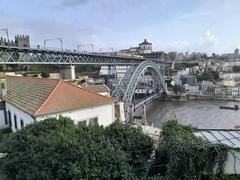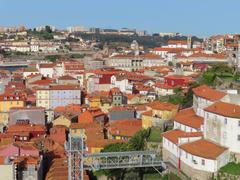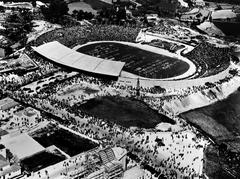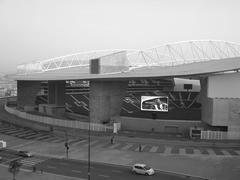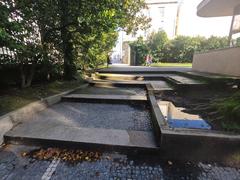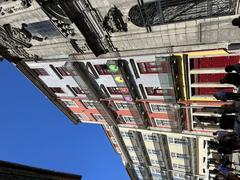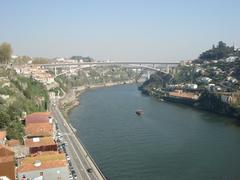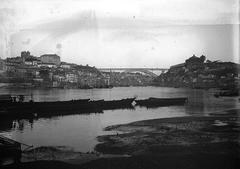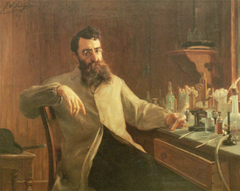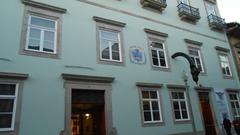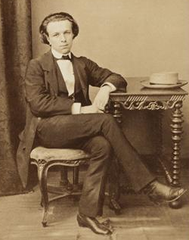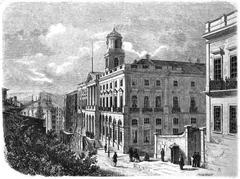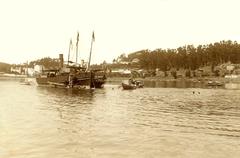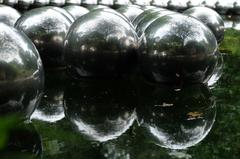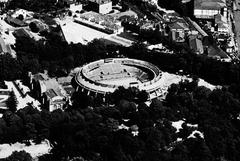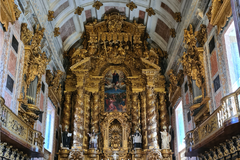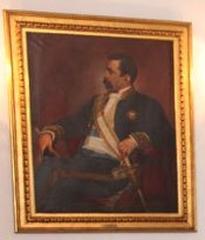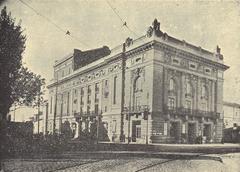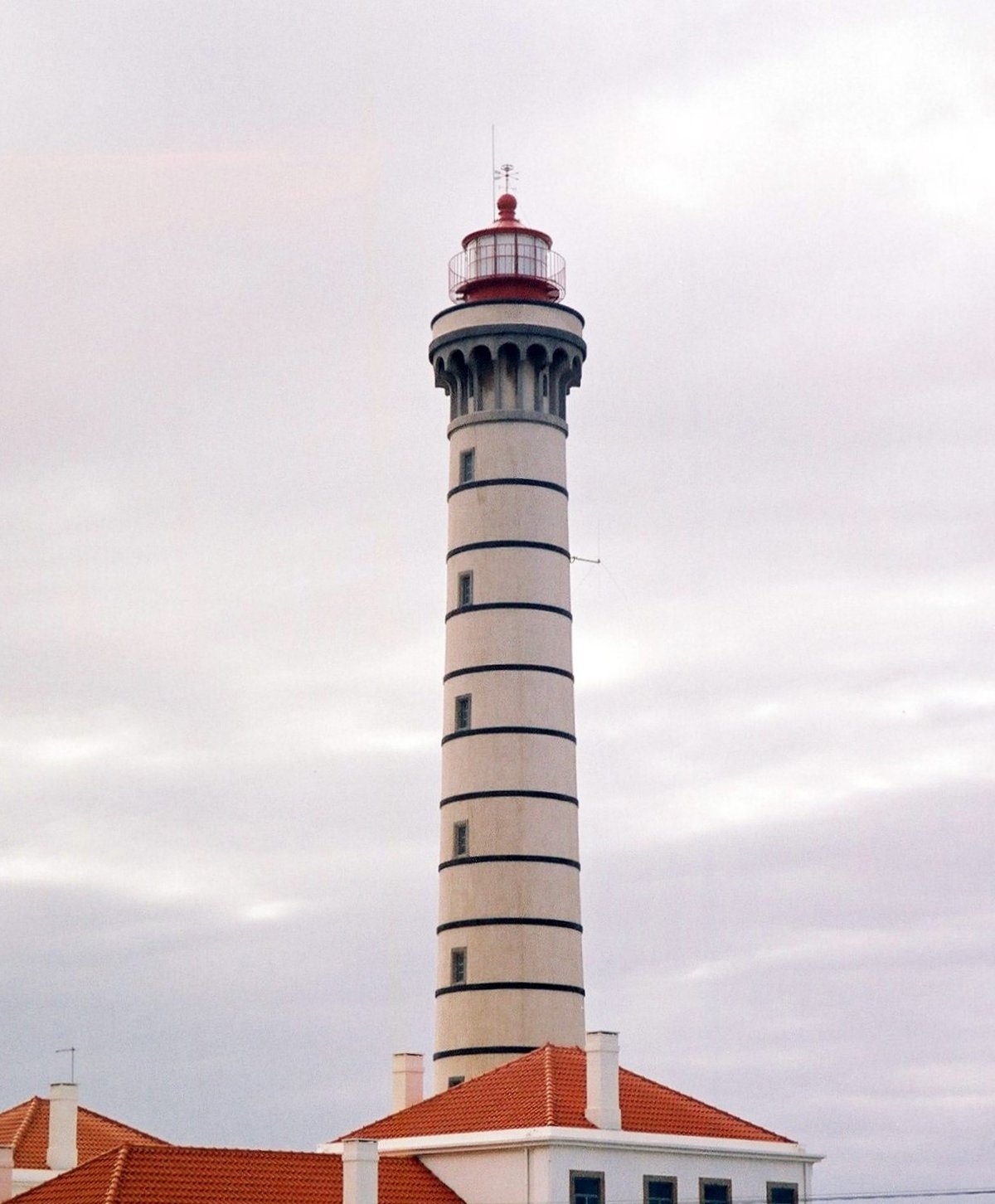
Visiting Boa Nova Lighthouse: Tickets, Hours, History, and More
Date: 16/08/2024
Introduction
Nestled on the scenic Atlantic coast in Leça da Palmeira, within the municipality of Matosinhos in the Porto District of Portugal, the Boa Nova Lighthouse, also known as the Leça Lighthouse (Portuguese: Farol de Leça), stands as both a vital navigational aid and a significant cultural landmark. Officially inaugurated on February 20, 1927, the lighthouse was constructed to mitigate the perilous conditions of the nearby coast, notorious for causing shipwrecks (Transportation History). Designed by engineer José Joaquim Peres, this 46-meter-tall conical tower has undergone numerous technological upgrades over the years, including the installation of a radio signal in 1938 and connection to the public electricity grid in 1964, solidifying its role as a key player in maritime navigation along Portugal’s Atlantic coast (Wikipedia).
The Boa Nova Lighthouse is not only a beacon of safety for sailors but also a symbol of the region’s rich maritime heritage. Visitors are drawn to its historical significance, architectural elegance, and panoramic views of the Atlantic Ocean. The lighthouse, along with nearby attractions such as the Boa Nova Tea House and the Marés Swimming Pool, offers a comprehensive cultural experience that highlights both historical and modern architectural marvels (Julie Dawn Fox). For those interested in maritime history, architectural beauty, and breathtaking vistas, the Boa Nova Lighthouse is a must-visit destination.
Table of Contents
- Introduction
- Early Beginnings and Construction
- Technological Advancements and Upgrades
- Architectural and Operational Features
- Cultural and Historical Significance
- Modern-Day Relevance and Visitor Experience
- Visitor Information
- Frequently Asked Questions (FAQ)
- Conclusion
Early Beginnings and Construction
The Boa Nova Lighthouse was constructed to address the perilous conditions of the nearby coast, characterized by numerous submerged boulders that posed significant risks to sailors (Landscape Photography Magazine). The initial lighthouse in this location, known as the Farolim da Boa Nova, was a modest structure standing at about 12 meters high. It was operational between 1916 and 1926, providing a fixed white light to guide vessels. However, the need for a more powerful and taller lighthouse led to the construction of the current Boa Nova Lighthouse. The new lighthouse, a 46-meter-tall conical tower, was designed by engineer José Joaquim Peres and officially inaugurated on February 20, 1927, after a trial period that began on December 15, 1926 (Transportation History).
Technological Advancements and Upgrades
The Boa Nova Lighthouse has undergone several technological upgrades since its inception. In 1938, a radio signal was installed to enhance its navigational capabilities. The lighthouse’s clockwork mechanism, initially used to rotate the lenses, was replaced by electrical motors in 1950, significantly improving its operational efficiency. An elevator was also installed shortly after to facilitate access to the light (Wikipedia).
In 1964, the lighthouse was connected to the public electricity grid, and a powerful 3,000W lamp was installed, extending its luminous range to 60 nautical miles. This upgrade was part of a broader effort to modernize Portugal’s lighthouses. By 1979, the Boa Nova Lighthouse became part of the first network of remote-controlled lighthouses on the Portuguese coast, managed from the Leça Lighthouse. This network included other significant lighthouses such as the Felgueiras Lighthouse at the entrance of the Douro River (Wikipedia).
Architectural and Operational Features
The Boa Nova Lighthouse is a striking white conical tower made of reinforced concrete, featuring narrow black stripes that separate its ten floors. The tower stands 46 meters high, with a focal height of 50 meters above sea level. It consists of 225 steps: 213 in reinforced concrete forming a spiral staircase within the tower, and 12 in cast iron leading to the light (Wikipedia).
The lighthouse’s illumination system is a rotating directional crystal optic with six lenses, producing three white flashes every 14 seconds. This light signal is visible up to 28 nautical miles (52 kilometers) away, providing a crucial navigational aid for vessels along the Atlantic coast (Landscape Photography Magazine).
Cultural and Historical Significance
The Boa Nova Lighthouse is not only a vital navigational aid but also a significant cultural and historical landmark. It symbolizes the maritime heritage of the region and the continuous efforts to ensure the safety of seafarers navigating the treacherous waters off the coast of Porto. The lighthouse’s history is intertwined with the development of maritime navigation technologies and the broader history of Portugal’s coastal defenses.
The lighthouse also houses a small museum in one of its annex buildings, showcasing various parts and mechanisms related to lighthouse operations. This museum provides visitors with insights into the technological advancements and historical significance of lighthouses in maritime navigation (Portugal.com).
Modern-Day Relevance and Visitor Experience
Today, the Boa Nova Lighthouse continues to serve as a critical navigational aid while also attracting numerous visitors interested in its historical and architectural significance. The lighthouse is open for visits on Wednesday afternoons, offering tourists the opportunity to climb its 225 steps and enjoy panoramic views of the Atlantic Ocean and the surrounding coastline. The museum within the lighthouse provides an educational experience, highlighting the evolution of lighthouse technology and the role of lighthouses in maritime safety (Julie Dawn Fox).
Visitors to the Boa Nova Lighthouse can also explore the nearby attractions, such as the Boa Nova Tea House and the Marés Swimming Pool, both designed by the renowned Portuguese architect Álvaro Siza Vieira. These sites, along with the lighthouse, contribute to the cultural and architectural richness of Leça da Palmeira (Julie Dawn Fox).
Visitor Information
Visiting Hours: The lighthouse is open for visits on Wednesday afternoons. Visitors are advised to check the official website or contact local tourist information centers for the most up-to-date visiting hours.
Ticket Prices: Admission fees may vary, and it is recommended to purchase tickets in advance if possible. Check the official website or local tourist information centers for current ticket prices.
Accessibility: The lighthouse has a spiral staircase with 225 steps, which may not be suitable for visitors with mobility issues. There is an elevator available, but it is primarily used for maintenance purposes.
Travel Tips: Comfortable footwear is recommended for the climb. Bring a camera to capture the stunning views from the top. Consider visiting nearby attractions like the Boa Nova Tea House and the Marés Swimming Pool.
Frequently Asked Questions (FAQ)
Q: What are the visiting hours for the Boa Nova Lighthouse? A: The lighthouse is open for visits on Wednesday afternoons. It is advisable to check the official website for the most current visiting hours.
Q: How much do tickets to the Boa Nova Lighthouse cost? A: Ticket prices may vary. Check the official website or local tourist information centers for the latest pricing.
Q: Is the lighthouse accessible for people with disabilities? A: The lighthouse has a spiral staircase with 225 steps, which may be challenging for visitors with mobility issues. An elevator is available but primarily for maintenance use.
Q: Are there guided tours available? A: Guided tours may be available; check with local tourist information centers or the official website for details.
Conclusion
In summary, the Boa Nova Lighthouse stands as a testament to the region’s maritime history and technological progress. Its towering presence continues to guide sailors safely along the coast while offering visitors a glimpse into the past and the advancements that have shaped modern maritime navigation. Plan your visit today, explore the rich history, and enjoy the breathtaking views from one of Portugal’s most iconic lighthouses. For more information and updates, download the Audiala app, check out other related posts, and follow us on social media.


